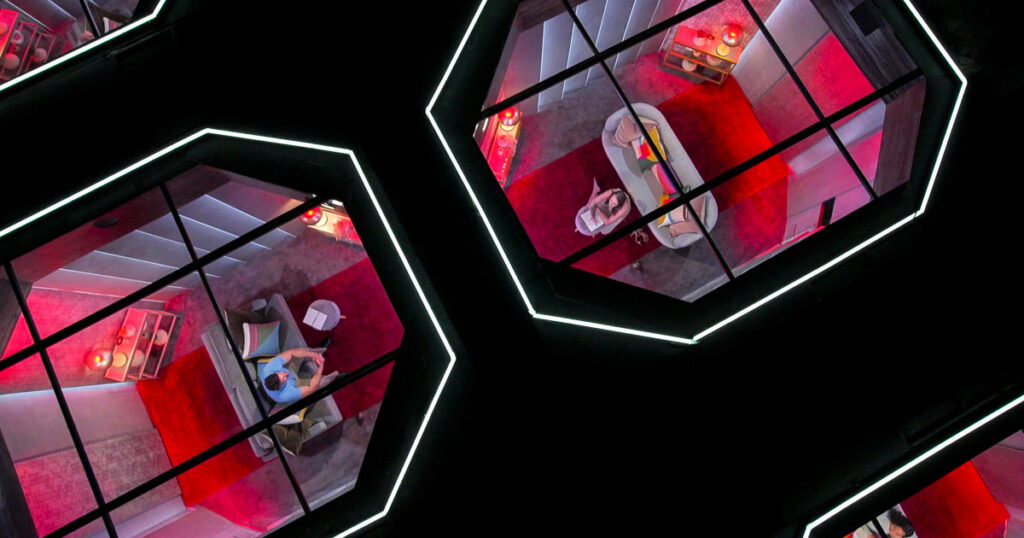Buckle your seat belts: “Love Is Blind” is back, baby. The sixth season of the dating reality show dropped its first six episodes on Valentine’s Day, fittingly, with three new episodes Wednesday — and it’s currently the most-watched show on Netflix. The cinematic equivalent of a drunken, late-night McDonald’s binge, the show is devourable, but can leave you feeling slightly queasy and in need of a juice cleanse. And while it’s easy to binge, the show reinforces a worldview that hurts minority and oppressed populations, especially women, queer people and Black people.
While it’s easy to binge, the show reinforces a worldview that hurts minority and oppressed populations, especially women, queer people and Black people.
In case you don’t know, in “Love Is Blind,” 15 men and 15 women are separated by gender and date each other through a wall; all they can hear is one another’s voice in “the pods.” In order to meet, they must leave the pods engaged to one another. After meeting, they are whisked away to a weeklong beachside resort, where they get to know one another physically for the first time. And then they live together for four weeks in staged apartments before meeting at the altar and deciding if they want to get married. What could possibly go wrong?
The show, which debuted in the U.S. in 2020, has become a global phenomenon with adaptations based in Brazil, Japan and Sweden, and at least four more versions planned for Argentina, Germany, the U.K. and the UAE (I regret to inform you the last one is titled “Love Is Blind, Habibi”). The show is a masterclass in, and an agent of reproducing some of society’s most oppressive ideologies and the concomitant power dynamics embedded in certain types of social relations.
Among other things, the show’s premise and the types of contestants selected to participate in the experience reproduce harmful expressions of gender and sexuality. It explicitly promotes regressive forms of…
Read the full article here





